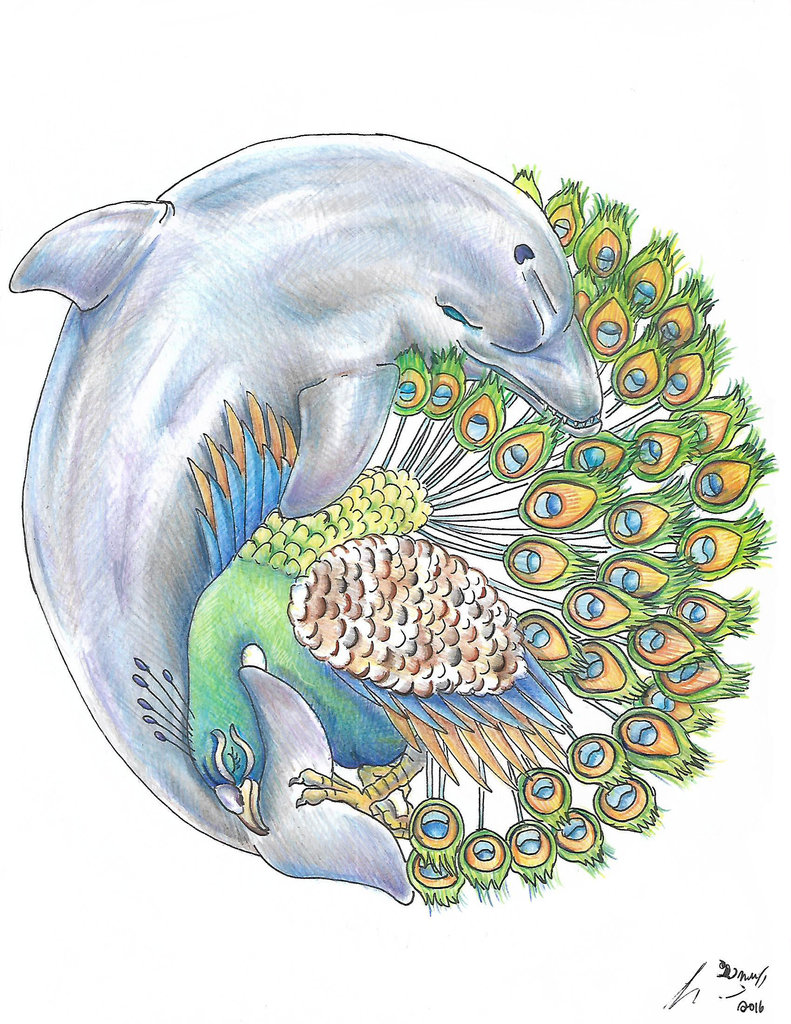Another well-done production from Open Letter Press. Great cover, good book.
A Gessel Dome, as the introduction explains, is the two-way mirror used to observe, suspects, children and animals in a “natural environment.” This is the perfect double entendre to describe Villa Gesell, a real place, much like every other tourist town, except for the undercurrent of racism, sodomy, pedophilia, incest, murder, gang violence, mass rape, pillaging, burglary, gossip, blackmail, adultery, and every other imaginable corruption Saccomanno describes with journalistic detachment. The sentences are short, but the stories are dense. Probably gleaned from thousands of newspaper accounts, the author compiled short sections in this novel, centering the events around recurring main characters, and interpolating occasional commentary, snide humor, and reflections.
Overall, I found the author’s method engrossing and effective. Spread over 600 pages, this technique of recounting gruesome incidents, one after another, without much framework or context, felt a little like scanning newspapers in a particularly grisly time and place, trying to solve some sort of case, the extent of which keeps expanding infinitely in every direction. It was as if he picked out the worst and most representative parts of journalism’s intellectual territory and pasted them together in a sociopathic album.
It is easy to believe that the author wrote for film and cartoons, given the absurd level of antics he includes. The sheer number of events and the amount of perversity strains credibility, but it is satirical in its use of the subject matter. The book has one foot in the realm of pulp fiction and the other planted fully in the arena of great literature. The use of short sentences is key. It is written in a quickly paced, fully fleshed style, cyclical and recursive, mirroring the mindset of addiction, of consumption, of sin, and encouraging the reader to race forward in an ever-increasing enthusiasm, throwing caution and morality to the high winds. But those jettisoned scruples are the same ones that hover accusingly in our wake.
There is continual reaffirmation that the plots occur on the same street corners as one another, right around the corner from the last atrocity, in the same neighborhood, the same stores and bars, where the same sorry individuals relive these horrendous crimes and tragedies, until the grotesque level of death, sexuality, miscarriages, brutality, etc., become a microcosm, the opposite of the Garden of Eden, or a prison…
“We are strangers to ourselves.” We know more about strangers than we know about ourselves – that is what the Dante tells us. He is the aptly named narrator. The storyteller, though he is not immune to partaking in the derelict culture of the domain that is his jurisdiction. He is the one publishing the events in the Villa, and many people blame him for spreading the virus of their own troubles.
A cacophony of voices confessing, accusing, and hectoring, but rarely taking responsibility for their ethical failures, the tragedies depend as much on human folly as on Fate’s whimsy. Like characters observed in a fish tank, the reader will pick out favorites from the catalogue of vice, men and women in their darkest moments, much like the menu of death served up in Bolaño’s 2666.
The gritty, grisly, suicidal town is also concerned with the symbolic construction of a sewer system that will clear out all of the accumulated stink and pave the way for greater commerce and an influx of purity into their lives. Really, they just want more tourists to come next season and drop a dime. What tourist would want to come to such a place, the reader wonders? And we all know things are not going to get any better for these people. They have dug themselves so deep, what hope is there for them? It is rather sad, if a bit entertaining to vicariously experience their cruel existences.
The Villa is defined by the scandals within it. “Los abusaditos,” the victims of child abuse, brutally described throughout the novel, brought up like a dark stain on the inhabitants’ consciences, are a shared responsibility, and the focal point in the whole state of affairs, while the underfunded police force, complain about their lack of car batteries and weapons, their inability to clean up the festering corpse of a community they call home.
I enjoyed the parallel to “Waiting for Godot,” which the townsfolk bastardize and interpret in their own way. In fact, I enjoyed all of it, and will read more by this author.



Leave a comment